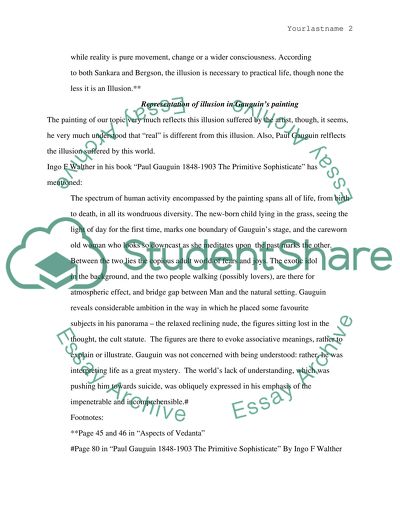Cite this document
(“Paul Gauguins illusion In The Paint Where Do We Come From What Are We Essay”, n.d.)
Retrieved from https://studentshare.org/miscellaneous/1505912-paul-gauguins-illusion-in-the-paint-where-do-we-come-from-what-are-we-where-are-we-going
Retrieved from https://studentshare.org/miscellaneous/1505912-paul-gauguins-illusion-in-the-paint-where-do-we-come-from-what-are-we-where-are-we-going
(Paul Gauguins Illusion In The Paint Where Do We Come From What Are We Essay)
https://studentshare.org/miscellaneous/1505912-paul-gauguins-illusion-in-the-paint-where-do-we-come-from-what-are-we-where-are-we-going.
https://studentshare.org/miscellaneous/1505912-paul-gauguins-illusion-in-the-paint-where-do-we-come-from-what-are-we-where-are-we-going.
“Paul Gauguins Illusion In The Paint Where Do We Come From What Are We Essay”, n.d. https://studentshare.org/miscellaneous/1505912-paul-gauguins-illusion-in-the-paint-where-do-we-come-from-what-are-we-where-are-we-going.


